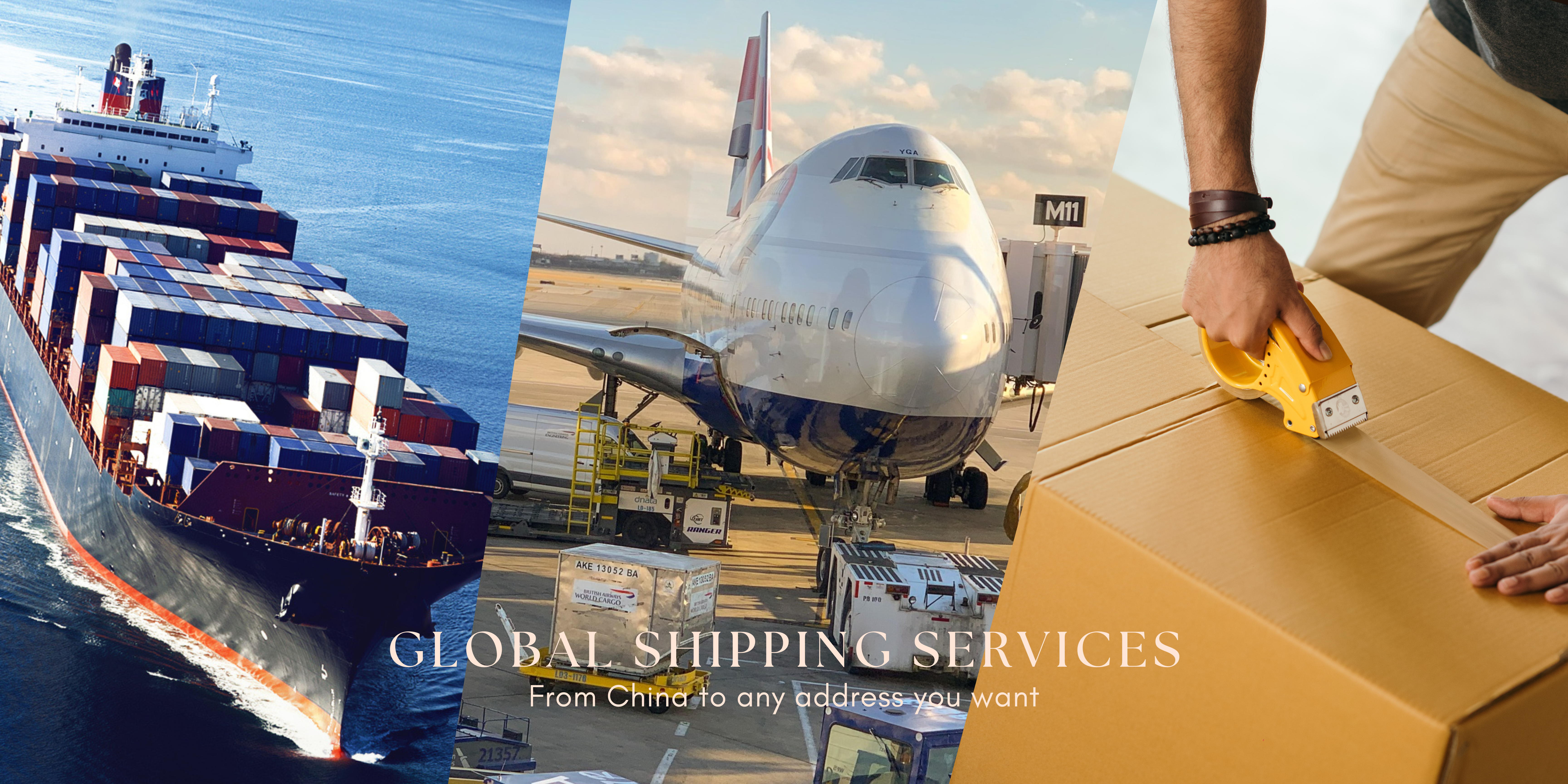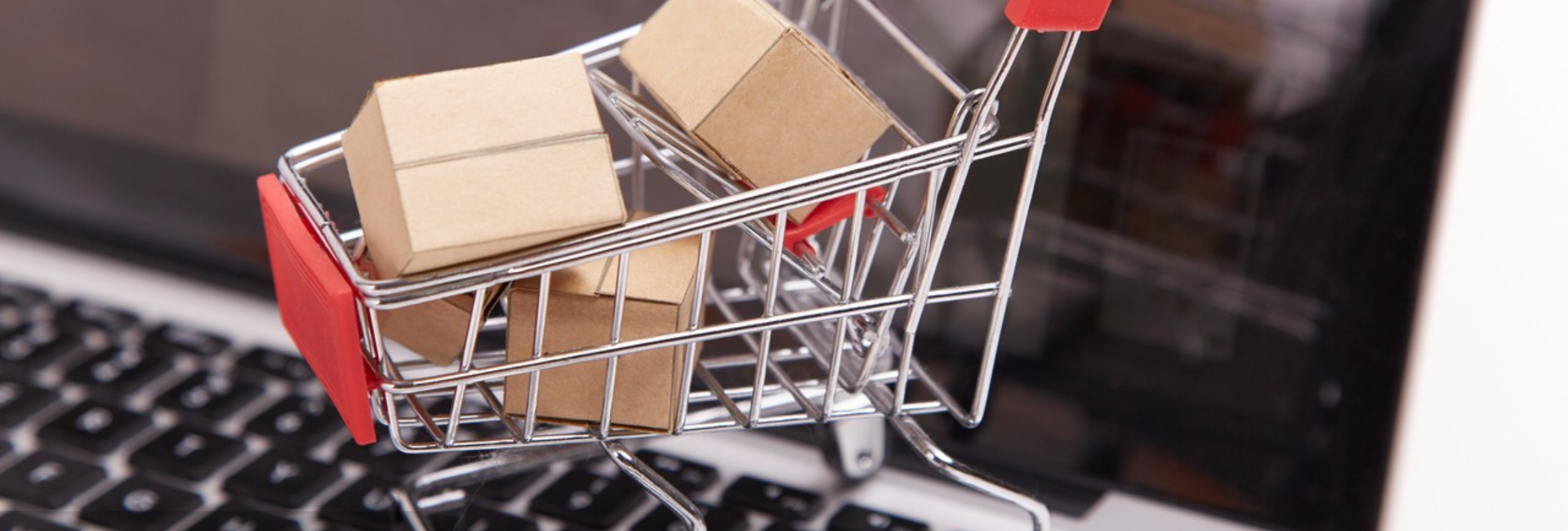If you’re an Amazon seller looking to streamline your product sourcing process, shipping directly from Alibaba to Amazon FBA can be a game-changer. This step-by-step guide will walk you through the process, ensuring a smooth and efficient experience.
- Step 1: Research and Find Reliable Suppliers
- Step 2: Select Products Suitable for Amazon FBA
- Step 3: Negotiate Terms with Suppliers
- Step 4: Place an Order on Alibaba
- Step 5: Choose the Right Shipping Method
- Step 6: Handle Customs and Duties
- Step 7: Monitor the Shipment
- Step 8: Receive and Inspect Products at Amazon FBA
- Step 9: Optimize Amazon Listings
- Step 10: Monitor Performance and Iterate
Step 1: Research and Find Reliable Suppliers
At the beginning of your import business, thoroughly research Alibaba to find trustworthy suppliers that could be a good choice, after all, this platform gathers a lot of traders and factories. When you search on Alibaba, we suggest you look for those with a solid track record, high response rates, and positive reviews. Communication is key – engage with potential suppliers to assess their reliability and the quality of their products.
However, if you have experience in importing from China and have enough budget, coming to visit factories and attend exhibitions will be more helpful for you to find suitable suppliers in China.
Step 2: Select Products Suitable for Amazon FBA
Choose products that align with your niche and have high demand on Amazon. Pay attention to factors such as size, weight, and potential profit margins. Ensure that your selected products comply with Amazon’s guidelines and policies. And here are some recommended tools for your reference.
- Jungle Scout
Jungle Scout has a Web App and Google Chrome extension that can be seamlessly integrated into a seller’s e-commerce business. This tool focuses on helping Amazon FBA sellers select products, but it is not free. To use this tool, sellers need to pay US$29-99 per month.
- Storftime
Sorftime is a standard product selection tool for Amazon sellers. It launches the Amazon DSF double sorting and filtering product selection method. It performs classification statistics and organization of more than 20 different data dimensions for each category. You can immediately know which category has the highest average price? Which category has the lowest proportion of A+? Which category has the highest proportion of new products? Which category has the lowest proportion of Amazon’s self-operated products?
- Unicorn Smasher
Unicorn Smasher is a free Chrome extension that provides an organized data dashboard that allows sellers to research products they want to sell. Moreover, this free product selection tool will provide Amazon sales data, which can help sellers quickly find products with potential business opportunities.
- CamelCamelCamel
CamelCamelCamel is a free tool that can track the price of specific products on Amazon. It also allows sellers to get price updates for the products they want to purchase.
- AMZShark
AMZShark is a set of Amazon product selection tools focused on researching new products. It includes Sales Tracker, Niche Scout, Search Rankings Tracker and Keyword Explorer. Sellers need to pay US$299 per month, but it only costs US$10 for the first month.
- HelloProfit
HelloProfit can analyze your Amazon store, and its bundled products include Genie, which allows you to search for products, get related sales data, data on existing sellers selling the product, and view similar products. This product selection tool costs $97 per month, and you can also try it for $1 for 21 days.
- Sellics
Sellics is an all-in-one Amazon seller tool that can research the top 5,000 best-selling products in each category on Amazon. The tool is available as a 14-day free trial and costs $77-$499 per month.
- Keyword Tool Dominator
Using Keyword Tool Dominator, sellers can find profitable long-tail keywords on Amazon. This is also one of the tools used by sellers for search analysis during the product selection process. Sellers only need to pay a one-time fee of $49.99 for lifetime use.
- KeywordInspector
KeywordInspector allows sellers to “find all keywords that Amazon shoppers are using,” which helps identify profitable and niche products. The tool costs $39.95 per month, and the trial is free.
- Keyword Tool
Using the Keyword Tool, sellers can research potential product keywords, which provides relevant data on search volume, CPC costs, and competition. To use this tool, sellers need to pay up to $88 per month.
Step 3: Negotiate Terms with Suppliers
Negotiate pricing, minimum order quantities, and payment terms, and trade terms with your chosen supplier. Communicate your requirements and expectations clearly, aiming for a mutually beneficial agreement that ensures both quality and affordability.
Step 4: Place an Order on Alibaba
Finalize the order details, including product specifications, quantity, and the chosen shipping method. Use Alibaba’s secure payment methods to place the order. Before proceeding with payment, double-check and confirm all details.
Step 5: Choose the Right Shipping Method
After confirming the product order details with suppliers, the next work is choosing the right freight forwarder, after finding a reliable freight forwarder, you just need to share with them your needs, delivery time, and characteristics of your products, the shipping agent will recommend you options include air freight, sea freight, or express courier services. At Kisun Shipping, we will also consider factors in the urgency of delivery and your budget constraints to offer you the best logistic solutions.
Step 6: Handle Customs and Duties
Understand the customs regulations and duties associated with importing products. Ensure that all necessary customs documentation is prepared accurately. If needed, work with a customs broker to navigate the customs clearance process seamlessly. Also if you don’t want to handle this work, let Kisun Shipping help you! We have specified shipping services to Amazon warehouses, which include customs and Duties work.

Step 7: Monitor the Shipment
Keep a close eye on the shipment’s progress using the tracking information provided by the logistics provider. Address any issues or delays promptly by communicating with the supplier or logistics provider. Stay informed about the expected arrival date. If we handle your shipment, we will have a website for you to track the shipment. https://kisunshipping.com/tracking-websites/
Step 8: Receive and Inspect Products at Amazon FBA
Upon arrival at the Amazon FBA warehouse, inspect the products for quality and accuracy. Ensure that they meet Amazon’s fulfillment center requirements. Promptly address any discrepancies or issues to maintain a smooth process.
Step 9: Optimize Amazon Listings
Optimize your product listings on Amazon for better visibility and sales. Use relevant keywords, high-quality images, and compelling product descriptions. Regularly monitor and adjust your listings based on customer feedback and market trends.
Step 10: Monitor Performance and Iterate
Continuously monitor the performance of your products on Amazon. Gather customer feedback and make necessary improvements. Iterate and optimize your strategy based on market trends and competitor analysis to stay ahead.
By following these ten steps, you’ll establish a seamless and efficient process for shipping from Alibaba to Amazon FBA, ultimately enhancing your success as an Amazon seller. Happy selling!
Want to know more about shipping from China? Contact us now!


